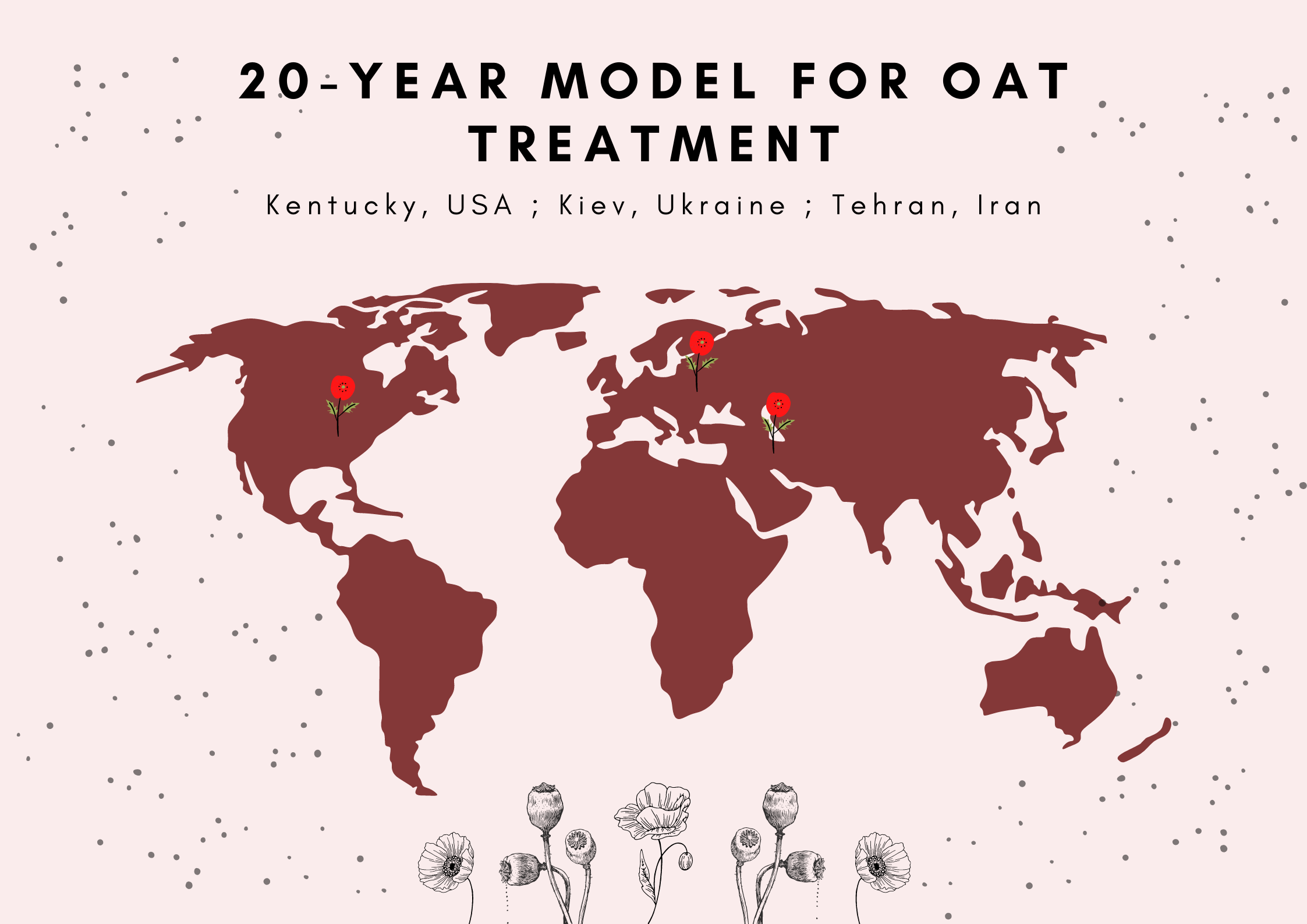By Lilli Waples, MScR Psychology
New evidence suggests that opioid agonist treatment (OAT) could significantly reduce drug-related deaths if it was rolled out more extensively and for longer periods of time. The UK government, however, would like less people undergoing this treatment altogether.
OAT is a treatment for people experiencing opioid addiction, where individuals are prescribed methadone or buprenorphine. These medications work to prevent opioid withdrawal symptoms and reduce cravings for opioid drugs, such as heroin. OAT helps to reduce many of the harms associated with opioid use, including HIV and Hepatitis C infection, as well as death by overdose, suicide, injury and disease.

In 2016, 636 000 people in the EU and Norway were receiving OAT, which is only around half of the people meeting the criteria for opioid dependency in these countries. Critics of OAT argue that keeping individuals on these medications for extended periods of time prevents a complete recovery and does not encourage the individual to ‘live a life free from drugs’ – a key aim of the UK government’s drug strategy.
Researchers at the University of Bristol’s NIHR Health Protection Research Unit in Behavioural Science and Evaluation, have investigated how increasing the coverage and duration of OAT might reduce drug-related harm. Their study used modelling techniques to predict how OAT might prevent drug-related mortality, incarceration, and HIV and Hepatitis C transmission over a 20-year period in three different geographical locations (Perry County, USA; Kiev, Ukraine; and Tehran, Iran).
They modelled four different scenarios:
- The existing OAT coverage
- Scaling up the OAT coverage to 40 per cent of people who inject drugs (PWID) in the community
- Scaling up the OAT coverage to 40 per cent of PWID in the community (as seen in scenario two), as well as increasing the length of time patients are on OAT (4 to 14 months and up to two years)
- Scaling up the coverage and duration of OAT as above, and also scaling up the use of OAT in prisons
In the first scenario, researchers found that with the existing OAT coverage, locations with more PWID on OAT could substantially avert more drug-related deaths. In Tehran, where OAT coverage is 31 per cent, it was predicted that 13 per cent of preventable drug-related deaths could be avoided. In Kiev and Perry County, where OAT coverage is less than four per cent, existing OAT coverage would only avoid less than two per cent of preventable drug-related deaths.
Additionally, this research showed that scaling up OAT coverage to 40 per cent of PWID could prevent up to 24 per cent of preventable drug-related deaths. Improving the duration that PWID stay on OAT and increasing OAT coverage in prisons could reduce drug-related deaths up to 51 per cent.
Increasing the coverage and treatment duration of OAT could substantially reduce drug-related harms
These results suggest that increasing the coverage and treatment duration of OAT could substantially reduce drug-related harms. However, the UK government’s latest drug strategy places a significant emphasis on ‘full recovery’ – defined as ‘freedom from all dependency for twelve months’. Under these terms, individuals on OAT would not be seen as ‘fully recovered’.
This approach from the UK government means that treatment services are under pressure to keep patients on OAT for shorter time periods. This standpoint remains, despite evidence strongly suggesting that taking people off OAT too soon can lead to increased rates of relapse, drug-related crime, transmission of blood-borne viruses and drug-related death.
Research shows illicit drug use in young people more common than official statistics suggest
Treatment for addiction: How are patients coping with the pandemic?
The authors of this research argue that in order to successfully reduce drug-related harms there needs to be more research and investment into improving the coverage and treatment duration of OAT, both in the community and in prisons.
This may have significant implications for addiction treatment but would require changes in the way these services are funded and supported.
Featured Image: Epigram / Julia Riopelle
What is your stance on using these medications to reduce drug-related withdrawal symptoms, rather than quitting cold-turkey?







